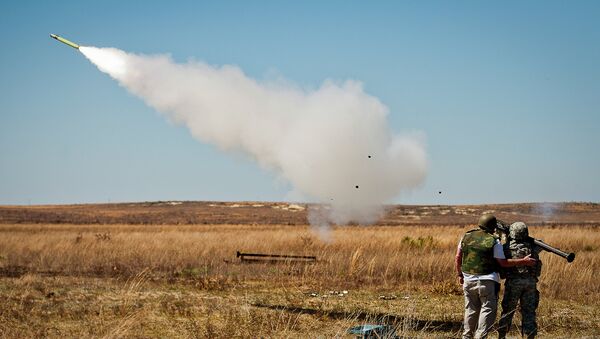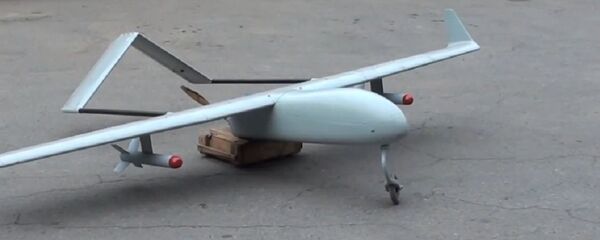While some point to the traditional scaremongering involving Russia, a country which "stocks up on drones, rockets, and missiles," there may be a more mundane reason. Reports are coming in that US troops are experiencing casualties against the Taliban in Afghanistan, and Daesh in Iraq, who are using crude, custom-built drones with jury-rigged explosives as a form of a "flying IED," while implementing either kamikaze tactics, or simply dropping hand grenades on the heads of the troops. These machines are cheap and effective, given that US troops have so few means to ground them.
The US Army currently has only Stinger missiles as a plausible counterweight to a drone threat. The missiles displayed an arguable level of effectiveness against Soviet-built helicopters, both in terms of power and cost, but are too expensive to shoot against tiny drones. The cost of one Stinger missile is reportedly somewhere about $40,000, while the cost of a jury-rigged drone can be on the order of $100. Also, the missiles, which usually come either as a single handheld device, or in vehicle-mounted packs of four, perform poorly against large swarms of tiny targets.
The best hope for the US Army is a weapon called the Avenger, basically a Humvee equipped with eight Stingers. This is a poor choice, both because of dramatically-limited ammunition, and because of the poor off-roading capability of the Humvee chassis. This has been pointed out by Col. Edward O'Neill, the Capabilities Development and Integration director at the Army's Fires Center at Fort Sill, Oklahoma, who spoke at the Association of United States Army (AUSA) conference.
"It's got to be able to maneuver with [infantry and armor], so… we're really looking close at the Maneuver Center of Excellence and where they're going (with) the chassis so we can incorporate that same platform," he said, referring to a military-development facility located in Fort Benning, Georgia.
According to Breaking Defense, Fort Benning is known for its preference for tracked armored vehicles, so it would be safe to assume that the Army will seek to mount a future anti-drone weapon on a tracked carrier like an M2 Bradley.
So far, the US Army has relied on improvisation and some weapons systems jury-rigging of their own. One example is a system called Indirect Fire Protection Capability (IFPC).
IFPC is a high-tech complex that relies on networking, and uses the air-to-air AIM-9X Sidewinder missile, but accommodated for firing from a ground truck-based platform. There are 15 Sidewinders mounted on an Oshkosh truck, an increase from the Avenger's eight Stingers. Sidewinders are also relatively cheaper, costing about $15,000 per missile.
But the IFPC has not yet joined the Army, as its command and control system, IBCS, is still in development. But even with IBCS, this new weaponry does not solve two vital problems of drone defense: sensors and time-lag. In the first instance, according to O'Neill, the best sensor the US Army can rely upon right now to detect a drone "is the guy on the ground with the binoculars or his eyeballs…. or you hear them buzzing."
There is currently no early-warning detection system for tiny drones.
"It's probably going to come down to tactics and training," said Lt. Gen. Michael Lundy, commander of the Combined Arms Center at Fort Leavenworth. "As an aviator, I certainly don't want the air defenders not knowing what the hell they're shooting at."
There remains lot of work to do for the US Army to counter enemy drones, but the branch needs it done fast, as clearly indicated by a report that New-York-based company Syracuse Research Corporation has just won a $65 million contract from the US Army to develop an integrated counter-drone system.
According to the media reports, "the contract was issued on an urgent basis."





